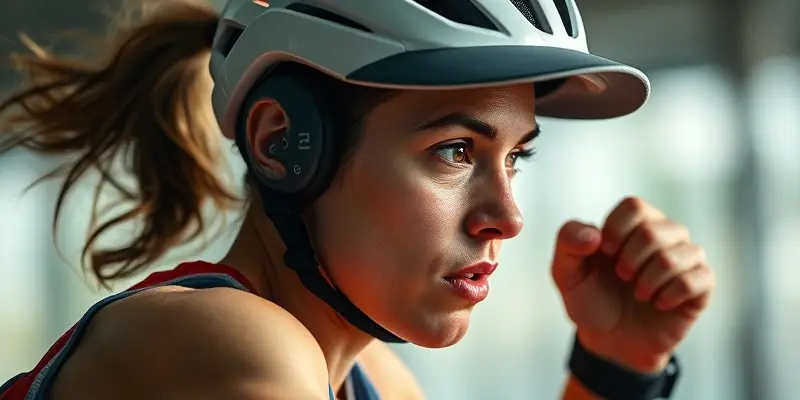[Current blog Post]:I have researched Google’s standards for creating helpful, reliable, people-first content, and I have created a plan and an outline for the blog post that integrates this information with the provided knowledge on recovery and injury prevention. Now, let’s proceed with writing the article.
Recovery & Injury Prevention: A Comprehensive Guide for Fitness Enthusiasts
In the world of fitness and sports, injuries can be a significant setback for athletes at any level. Whether you’re a beginner starting your fitness journey or a seasoned professional striving for peak performance, understanding how to prevent injuries and accelerate recovery is crucial. This article aims to provide you with evidence-based strategies to keep you strong, healthy, and injury-free.
1. Injury Prevention Strategies
Warm-up and Cool-down
- Before Activity: Dynamic stretching boosts flexibility and blood flow.
- After Activity: Static stretching aids in muscle recovery and reduces injury risk.
Correct Technique and Posture
- Ensure proper form under the guidance of coaches or trainers to minimize strain on muscles and joints.
Sport-Appropriate Protective Gear
- Use helmets, pads, and well-fitted shoes to protect vulnerable areas during sports activities.
Strengthen Key Muscle Groups
- Focus on core, lower limb, and shoulder strengthening to enhance joint support and reduce the risk of strains and sprains.
Gradual Progression
- Follow the 10% rule to gradually increase the intensity and duration of training, avoiding overtraining and stress injuries.
Conditioning and Preseason Training
- Engage in programs that emphasize strength, flexibility, balance, and sport-specific skills to reduce injury incidence, especially in younger athletes.
2. Most Frequent Injuries and Prevention Focus
Knee Injuries
- Common in high-impact sports like football, focus on ACL tears and meniscus damage prevention.
Ankle Sprains and Stress Fractures
- Runners and athletes with cutting motions should pay attention to preventing ankle sprains and shin splints.
Shoulder Injuries
- Contact sports athletes need to protect against shoulder labrum and acromioclavicular joint injuries.
3. Nutrition Plans to Speed Healing
Emphasize Anti-Inflammatory Foods
- Include Omega-3 fatty acids, antioxidants, and protein for tissue repair and muscle recovery.
Hydration
- Maintain adequate hydration to support muscle function and prevent cramping during rehabilitation.
Balanced Diets
- Focus on vitamins C, D, calcium, and zinc for collagen synthesis and bone healing.
4. Tools and Gadgets Supporting Recovery
- Use bracing, splinting, and compression devices to stabilize injured areas and reduce swelling.
- Incorporate foam rollers, massage tools, and physical therapy devices for muscle recovery and pain management.
5. Psychological Methods for Maintaining Motivation
- Set progressive goals and engage in mental skills training like visualization and positive self-talk.
- Seek support from coaches or sports psychologists to stay focused and confident during recovery.
In conclusion, by incorporating these evidence-based strategies into your fitness routine, you can significantly reduce the risk of sports injuries, promote faster recovery, and enhance your overall athletic performance. Remember, a holistic approach that includes proper preparation, injury prevention, nutrition, recovery tools, and psychological support is key to staying strong and resilient on your fitness journey.
Internal Links:
- injury recovery checklist (found in the discussion of post-activity stretching)
- visualization for healing (in the section on psychological methods for maintaining motivation)
- phosphatidylserine for recovery (no suitable match in this blog post)
